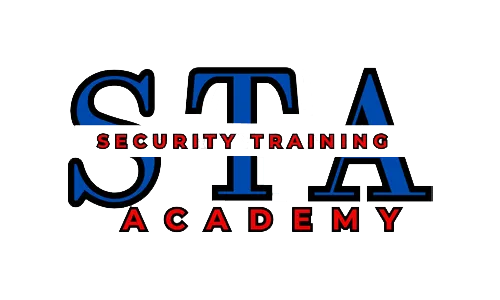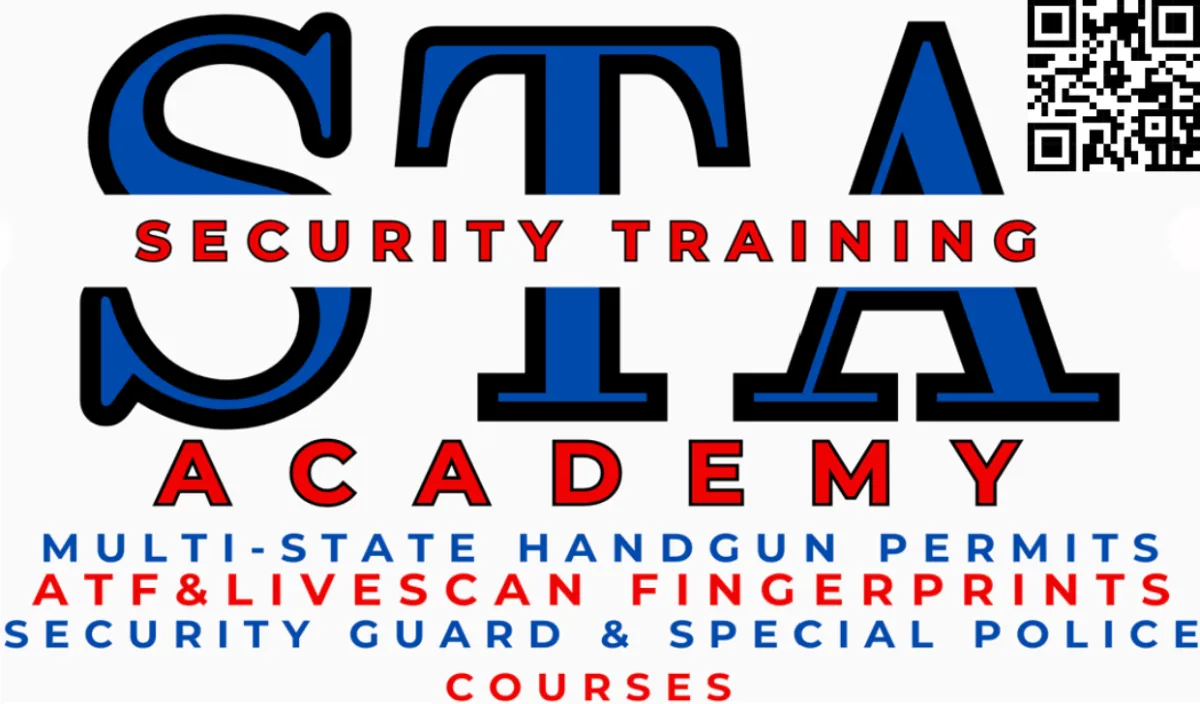
The Benefits of Real-Time, Instructor-Led Training: Online & In-Person Options
The Benefits of Real-Time, Instructor-Led Training: Online & In-Person Options
1. Immediate Access to Expert Guidance
2. Enhanced Engagement and Accountability
3. Flexible Learning Modalities
4. Technology Integration for Better Learning Tools
5. Access to Recorded Sessions for Review
6. Hands-On Training Opportunities
7. Real-Time Networking and Peer Collaboration
8. Structured Learning Path with Built-In Support
9. Better Preparation for Certification and Licensing Exams
10. Career Readiness and Professional Confidence
Conclusion

We Have Students From All Over Maryland:
Allegany County ,maryland | Anne Arundel County | Baltimore County | Calvert County | Caroline County | Carroll County | Cecil County | Charles County | Dorchester County | Frederick County | Garrett County | Harford County | Howard County |Kent County | Montgomery County | Prince George’s County | Queen Anne’s County | St. Mary’s County | Somerset County | Talbot County | Washington County | Wicomico County | Worcester County

